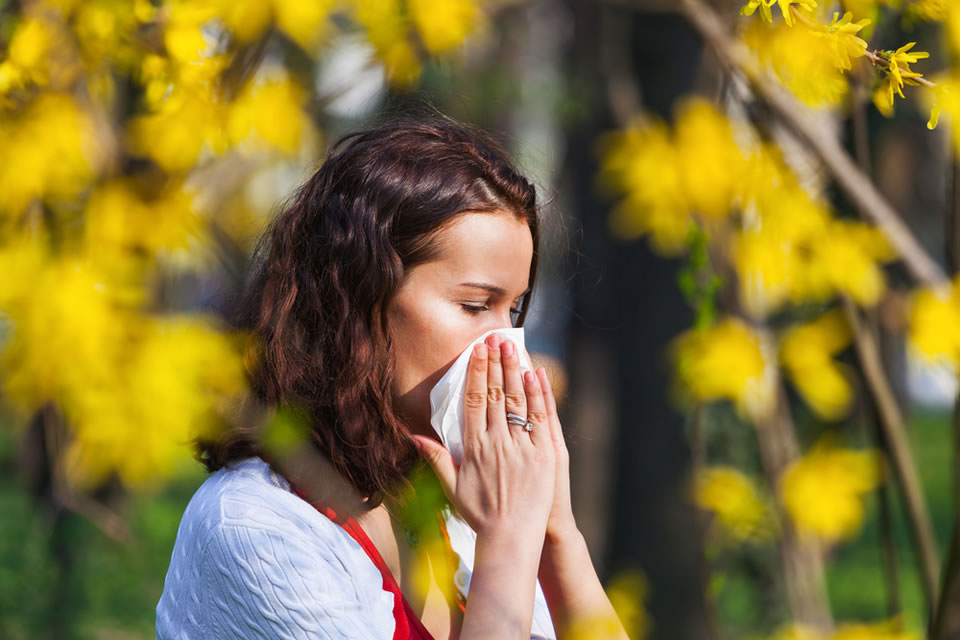Allergy
In most industrialised countries the prevalence of allergy has risen significantly and in the UK is now 1 in 4.
An allergy is a response by the body to a substance breathed swallowed or touched. These substances are normally harmless but in some people a chain of reactions are triggered which can cause a variety of symptoms.
House dust mite faeces, pollens, weeds, moulds, saliva, dander from domestic pets and non-domestic animals, industrial chemicals, foods, especially peanuts, tree nuts, soya, milk, egg, fish, crustaceans, celery, mustard and sesame and drugs are common allergens.

Sneezing, itchiness, runny nose, stuffy nose, watery and itchy eyes, wheezing, rashes, swelling of mouth and throat, difficulty in swallowing/speaking, severe asthma, abdominal pain, nausea, vomiting, collapse are possible symptoms.
An allergic reaction can occur at home, school, college, work, when out on social occasions or when travelling away from home. It is important to be aware of those substances to which you are allergic so that you can avoid them where possible. It is advisable to reduce contact with them, alter your treatment if you are aware that you are going to come into contact, and inform others with you of your allergy should you develop a severe reaction and require emergency treatment.

- A Detailed History
A case history focuses on the present complaint, and personal and/or family history of allergies. Events surrounding the present complaint and likely causative allergens are considered. - Skin Testing
When the allergens most likely to be implicated in your condition have been identified this may be carried out using skin testing solutions and recording on skin test reaction charts. - Blood Tests
Blood Tests of the allergic reaction mediating substances may be performed. - Lung Tests
Lung function tests of developing asthma. - Bronchial Provocation Test
The susceptibility of the airways to produce an allergic reaction is measured. - Food Challenges
Specific foods are identified and removed from diet and symptoms monitored.
Management includes:
- Identification of the offending allergens and advice regarding avoidance. For example avoidance of high pollen exposure, exposure to household allergens and pet allergens.
- Medication. This involves the use of antihistamine tablets and sprays, cortical steroid tablets, drops and sprays and innovative medications to reduce allergic reaction.
- Desensitisation. This can be performed with skin prick testing or the newly developed desensitisation involving droplet application under the tongue.



